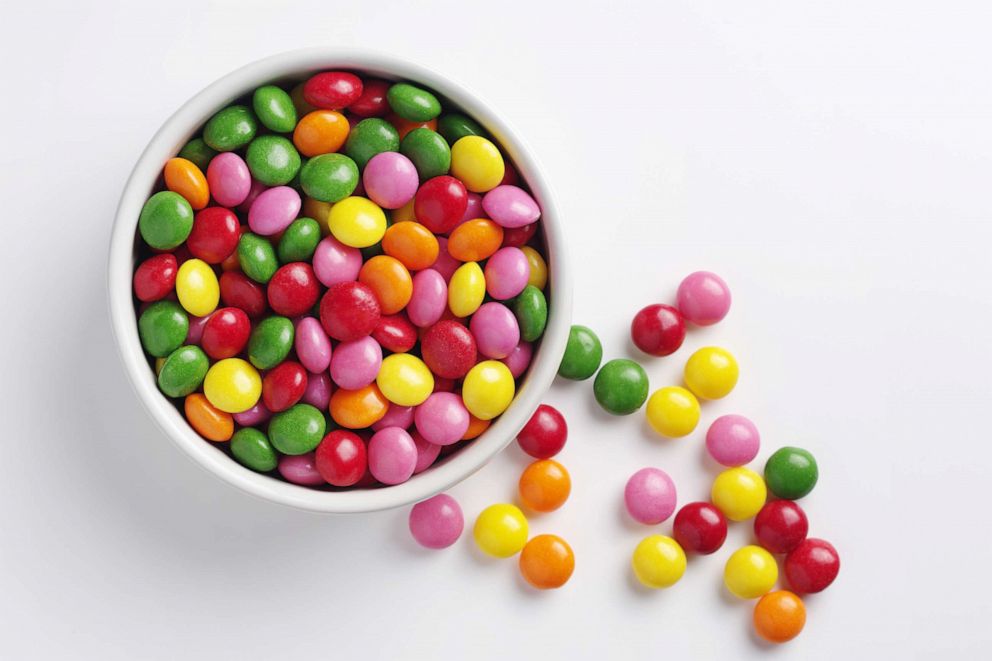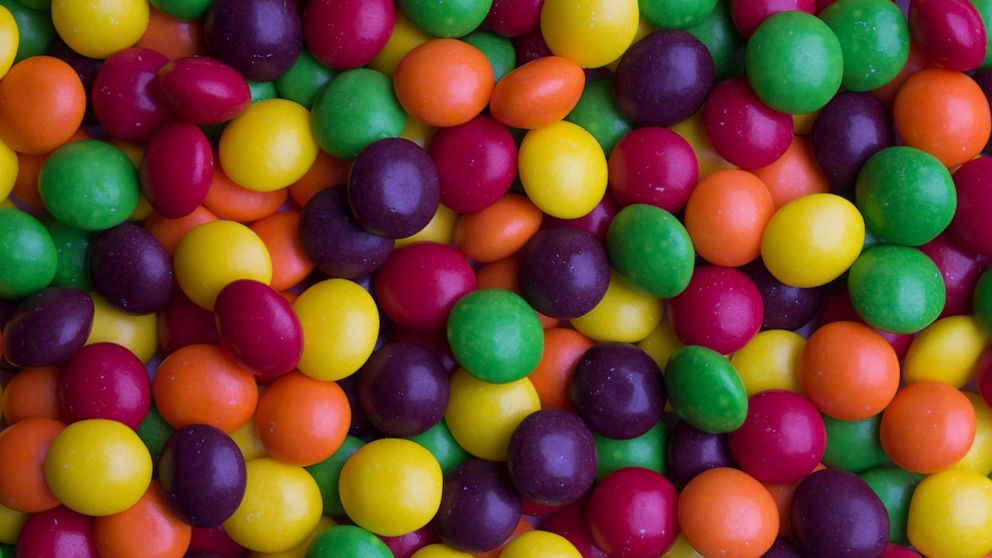Toxicologist explains 5 food chemicals that a new bill seeks to ban
A new bill introduced in California could potentially do away with some additives that appear in ingredient lists of processed foods from candy to cereals.
Earlier this week, the California State Assembly health committee approved the landmark piece of legislation,
AB 418
, which would prohibit brominated vegetable oil, potassium bromate, propylparaben, Red dye No. 3 and titanium dioxide in food products sold throughout the state.
If enacted, California would be the first state to impose such a prohibition.
With the narrow exception of Red No. 3 used in candied cherries, regulators in Europe previously banned the other four substances outright. In the U.S., such a move would set a precedent for processed food safety going forward.
The bill’s proponents have raised concerns over the potential adverse or negative health impacts, both short-term and long-term, of these chemicals.
“Californians shouldn’t have to worry that the food they buy in their neighborhood grocery store might be full of dangerous additives or toxic chemicals,” Democratic Assemblymember Jesse Gabriel, the legislation’s sponsor, said in a
press release
in February. “This bill will correct for a concerning lack of federal oversight and help protect our kids, public health, and the safety of our food supply.”

STOCK PHOTO/Getty Images/iStockphoto
Colorful candies in a bowl.
Because these chemicals exist in non-natural foods that Americans already eat, it’s important for consumers to understand the impact, but “not make themselves crazy” over their exposure, especially in small amounts, said Dr. Stephanie Widmer, an ABC News medical contributor, board-certified emergency medicine physician and medical toxicologist.
“These chemicals are all kind of in different foods and all exert different effects and different concerns — some of them are associated with neurological problems, some are reproductive problems, some have been linked to cancer. It really depends on the substance,” Widmer told “Good Morning America.”
“I don’t know if there is, for any of these things, a safe level,” she added, underscoring instead the importance of “moderation and variety in diet.”
According to Widmer, “there are tons of chemicals and substances that are in our foods that are not necessarily supposed to be there.”
“But we’re not necessarily being exposed to them in high amounts,” she said. “And you can’t go nuts trying to track down everything in your food.”
STOCK PHOTO/Getty Images
A woman holds a shopping cart in grocery store.
Widmer explained that the U.S. Food and Drug Administration, while “trying to do everything they can, are just constantly playing a game of catch up” when it comes to tracking new substances coming onto the market.
“It’s nearly impossible to be able to regulate everything,” she added. “We’re learning more and more about the food we eat every day and they’re trying to do the right thing.”
Widmer said it was “unfortunate” that “a lot of these different additives and preservatives that can be harmful have ended up in our food supply,” but added, “I think [the FDA is] trying to stay on top of it as best they can — it’s almost overwhelming.”
Over 10,000 chemicals are allowed for use in food sold in the U.S., 99% of which were approved by the food and chemical industry, but not the agency tasked with ensuring the safety of America’s food supply.
Widmer’s biggest takeaway and advice to others, she said, is to “limit exposure as much as you can and when it comes to diet.”
“Try to just do things in moderation and have variety in your diet — as long as you’re not being exposed to the same thing over and over again in high quantities, you should be OK,” she said.
Potentially harmful effects of 5 food chemicals
STOCK PHOTO/Getty Images/iStockphoto
A glass of a soft drink with ice.
Widmer broke down, at a basic level, what science-backed research has found as far as potential links to health problems for the five substances that would be banned under AB 418. At this time, while some evidence is stronger than others, there isn’t conclusive proof that any cause adverse health conditions for humans — just that there could be a risk.
Brominated vegetable oil: In high quantities, Widmer said, it has “often been linked to neurological changes, like balance problems and memory problems” in humans.
Potassium bromate: “Potassium bromate is found in certain soft drinks and can cause issues with hearing and kidney function,” Widmer said.
She noted that “there have been studies suggesting that it’s been linked to cancer in some animals in the laboratory,” but there isn’t research on that link in humans.
Propylparaben: “Propylparaben has been proposed to be a reproductive toxin [that] can cause hormonal dysregulation, which is concerning for some people — there [have] been documented studies where it caused earlier or delayed menstration,” Widmer said.
STOCK PHOTO/Getty Images/iStockphoto
Multicolored candy.
While the research has hinted at those links to disruptions in the hormone systems in humans, the evidence is weak and research is ongoing.
Red dye No. 3: Red No. 3, which “gives that reddish or pink color, like in those pink Peeps,” Widmer said, is banned in cosmetics as it “is a known carcinogen,” a substance capable of causing cancer. Research in California linked it to behavioral problems in children.
Titanium dioxide: This “is in sunscreen, but it’s also Skittles,” Widmer said, noting that it is a “possible carcinogen and food color additive that can be very irritating to mucous membranes like the eyes, nose and throat.”
She said it has also been “linked to cancer in rodents.” There is no research on that link in humans.
No Byline Policy
Editorial Guidelines
Corrections Policy
Source



